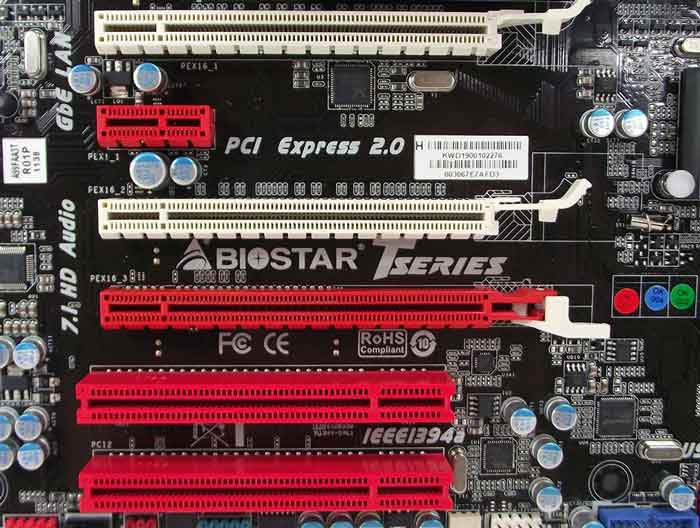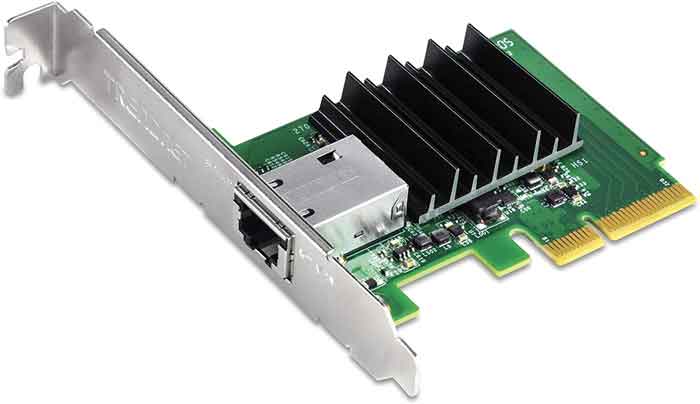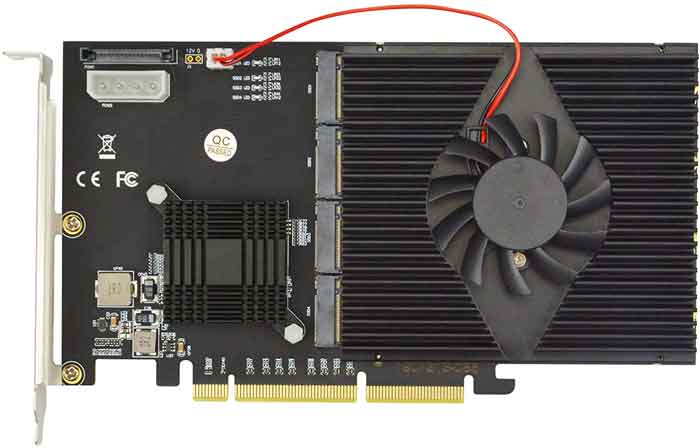Can You Go By With A Cheap Motherboard For Gaming, Or Will You Benefit From Getting An Expensive Motherboard?
So, you may be planning on building a PC for gaming, but you may be wondering whether you should be getting an expensive motherboard. That’s understandable, as you wouldn’t want to get a significant performance hit for buying a cheap motherboard. Rest assured, as for the most part, you won’t need a cheap motherboard for gaming, as I explain that in a lot of details in this article.
Your motherboard doesn’t need to be the cheapest, it needs to be good enough, beyond that, you will be paying for features you may not want. Like RGB lighting, more PCI-E slots, multiple m.2 slots, overclocking (if you want to do that), additional & faster ports like Ethernet & USB, as well as support for more ram.
For simplicity, I will explain the bare minimum features you need to have on your motherboard for gaming, then discuss the features some people may need, and so they have to get a bit more expensive motherboard.
Generally speaking, you want to focus on getting the most bang for your money, you will want to avoid paying for features you don’t want or need.
You can find gaming motherboards in the following Amazon and eBay Links:-
#CommissionsEarned





Quickly go to:-
What Are The Minimum Features You Need For Gaming?
Basically, you only need one thing:- A mother board with a fast enough PCI-E slot, one that supports the graphics card you want to use, as well as the CPU socket of your choice. Find a cheap motherboard with good reviews, and you will be fine. If you need any of the optional features mentioned below in this article, then make sure the motherboard have those features as well.
If you plan on using a VR Headset, like the Oculus Rift, then make sure the motherboard have the needed motherboard USB ports.
That’s for the bare minimum, you may need more than that bare minimum for your other computing stuff, so we will talk about those
Overclocking Features In Motherboards
If you plan on overclocking your CPU or GPU to get higher performance, then you may want to get a motherboard that’s more suited for that. Even then, you are unlikely going to need a motherboard that’s too expensive.
This is a huge topic on its own, it can take an article on its own, but I will talk about the basics.
One of the features you want in a motherboard is LCC, which is a BIOS feature. It stands for Load Line Calibration. When the computer on high load, it is likely for voltage to drop low, this is called VDroop, and could cause instability to your system. LLC simply helps you to prevent that.
Another feature you may want to look on is VRM, it stands for Voltage Regulator Module. This feature helps the CPU or GPU to not exceed the max voltage it can handle. Bear in mind that some CPUs come with this feature built in.
Learn to avoid marketing terms like “Military Grade”, “Ultra-Durable” and heat resistant. The only thing you may want on the motherboard itself is additional heatsinks. Motherboard manufacturers really love to try to make their them more than they really are.
One thing you need to keep in mind, is that while there are some features I mentioned above, and maybe few mores. The other components are more important. It makes no sense to spend an additional $100 on a motherboard when you can spend that to get a much faster CPU or GPU, which may eliminate your need for overclocking in some cases. Or you could use it to buy a CPU cooler that could withstand the overclocking.
The verdict:- You may need a slightly more expensive motherboard for overclocking, since you need certain features, but other parts factor much more than the motherboard.
You can find gaming motherboards in the following Amazon and eBay Links:-
#CommissionsEarned





Expensive Motherboard Comes With More Slots, Like PCI-E, M.2 And More

As we mentioned above, you need one fast enough PCI-E to install your graphics card of your choice. Some of the more expensive motherboards come with more PCI-E slots, usually 2 or 3. The common idea is that these slots are there for running two graphics cards using SLI or CrossFire. That’s true, but these slots can be used to add other components. Like adding Gigabit Ethernet, which requires the larger PCI-E X4 slot or one of the larger slot.

Another usage for the larger PCI-E slot is to add a raid 0 card, which allows you to create an array with multiple m.2 SSDs, this can greatly increase loading time for games. such card requires the largest X16 PCI-E port:-

Note:- You can also use these slots to install regular PCI X1 cards.
So, if you plan to add any of these cards, either now or in the future, you will need to pay a bit more to get a motherboard with more X16 PCI-E slot. For gaming, that’s not necessary, and the less expensive motherboards tend to have at least one PCI-E X1, which support most of the expansion cards you may need.
Some of the more expensive motherboards tend to have more than M.2 slots. It helps you in case you want to have multiple NVMe SSDs. That can be useful for creating RAID arrays, for example.
Additional & Faster USB, Ethernet Ports, And More

The higher-end motherboards tend to feature more of the faster parts. Like USB 3.0, USB 3.1, USB 3.2. And some of these motherboards don’t even have a USB 2.0 ports, which still appears in modern motherboards.
For gaming with VR Headsets, like the Oculus Rift, you may need to have at least 2 USB 3.0 ports, depending on what your VR Headset requires.
The expensive motherboards tend to feature faster Ethernet speeds, be them 2.5 Gbit/s, or even 10 Gbit/s. They can even come with two Ethernet ports. Generally speaking, any new & modern port will appear on the higher-end motherboards first, so expect USB4, and even USB5 to appear on these motherboards first.
Additional Features, Like Built-In Wi-Fi
Some motherboards come with additional features, like built-in Wi-Fi, which is nice in case you want wireless LAN, but don’t want to waste an expansion slot to add that later.
And Finally
As you may have noticed, the expensive motherboards tend to have more features, which you are unlikely need for gaming. The verdict of this article is:- You generally don’t need a very expensive motherboard for gaming, but you may want to pay more for additional features. If you’re into overclocking, you want a motherboard that can help you with that, even then, you won’t need to pay a huge amount of money for that. If you plan on using a VR Headset, then make sure the motherboard you buy have enough ports for that (which I expect to not be an issue in the future).
I am personally with the opinion of sending more money for buying a better graphics card or maybe a better CPU, rather than on a more expensive motherboard.
There are some features I didn’t discuss much here, like SLI or Crossfire, since I don’t see them as important in this day and age.
I hope you find my article useful, and see you again in another article.
You can find gaming motherboards in the following Amazon and eBay Links:-
#CommissionsEarned





See Also:-
-
- PS Plus Unofficial FAQs that answers your questions – Tech Fairy
- What is the meaning of the different USB port colors? (blue, teal blue, yellow, red, black)
- Why motherboards & laptops still come with USB 2.0 ports When USB 3.0 Is Backward Compatible?
- USB 2.0 VS USB 3.0 Comparison: What are the differences between the two ports?
- History Of Graphics card motherboard slots: PCI VS AGP VS PCI-Express VS Integrated graphics.
- What are the advantages & disadvantages of using a Trackball? And why you should use one
- What’s the difference between remake & remaster? (With multiple examples).


